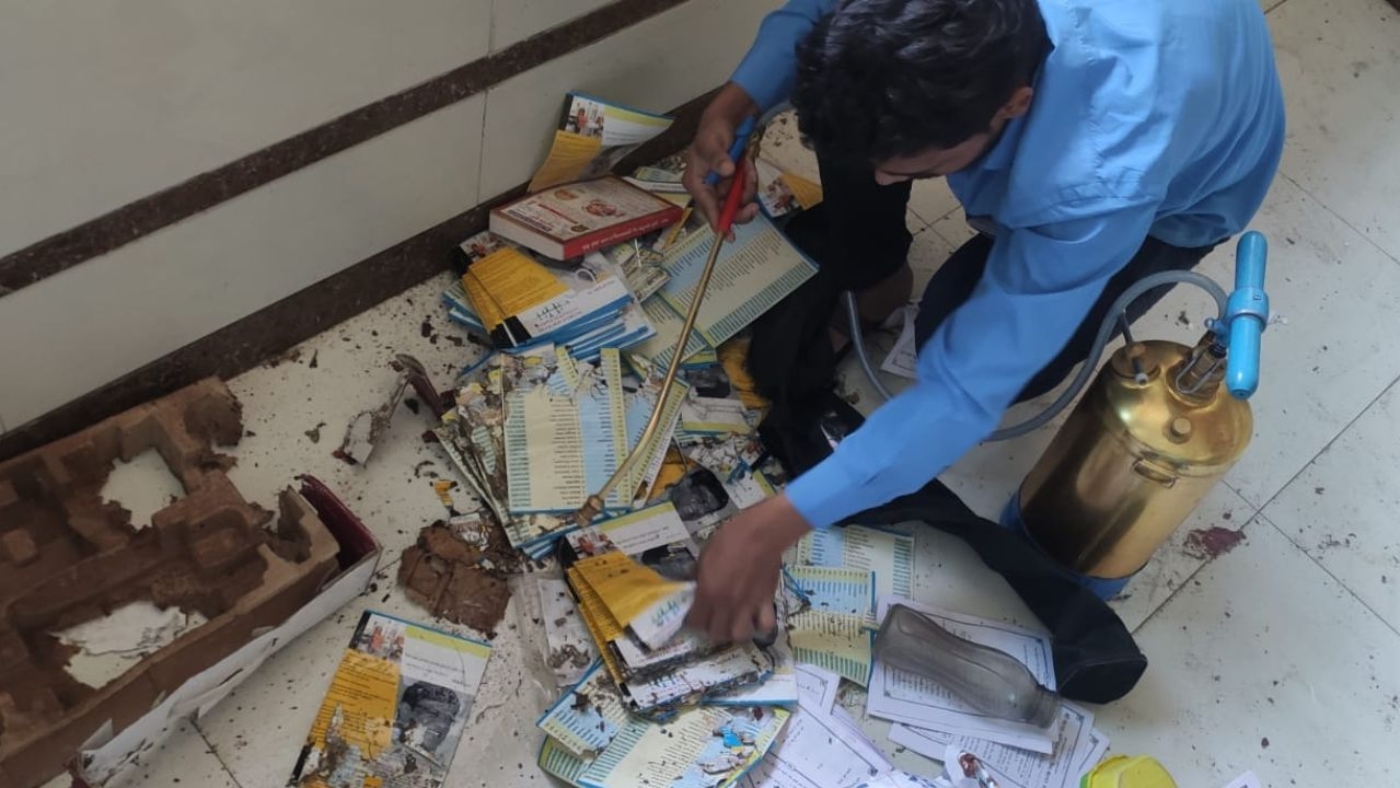Effective pest control begins with understanding the behavior and habits of pests. By gaining insights into how pests live, breed, and interact with their environment, you can develop more effective strategies to manage and eliminate them. This comprehensive guide will delve into the behavior of common pests and explain how this knowledge is crucial for successful pest control. Super Pest Control uses these insights to provide tailored and effective pest management solutions.
The Importance of Understanding Pest Behavior
Targeted Control
Understanding pest behavior allows for targeted control measures that are more effective and efficient. Knowing where pests are likely to nest, feed, and travel helps in placing traps, baits, and treatments precisely where they will have the most impact.
Prevention
By understanding what attracts pests and how they enter and move through a property, you can implement preventive measures to keep them out. This includes sealing entry points, removing attractants, and modifying the environment to make it less conducive to pests.
Early Detection
Knowledge of pest behavior aids in early detection of infestations. Recognizing the signs of pest activity and knowing where to look can help catch problems before they become severe.
Common Pests and Their Behaviors
Ants
- Nesting: Ants typically nest in soil, wood, or within structures. They create extensive networks of tunnels and can have multiple colonies connected.
- Feeding: Ants are attracted to sweet, greasy, and protein-rich foods. They leave chemical trails to guide other ants to food sources.
- Traveling: Ants follow well-defined trails between their nests and food sources. They can enter buildings through tiny cracks and gaps.
Cockroaches
- Nesting: Cockroaches prefer warm, moist environments. Common nesting sites include kitchens, bathrooms, and basements.
- Feeding: Cockroaches are scavengers and will eat almost anything, including food scraps, grease, and even soap.
- Traveling: Cockroaches are nocturnal and move quickly. They can flatten their bodies to fit through small spaces.
Rodents
- Nesting: Rodents build nests in secluded areas using shredded materials. Common sites include attics, basements, and walls.
- Feeding: Rodents are opportunistic feeders and are attracted to easily accessible food sources, including grains, fruits, and garbage.
- Traveling: Rodents are excellent climbers and can squeeze through small openings. They often follow the same paths, leaving grease marks along walls.
Termites
- Nesting: Subterranean termites build colonies in soil, while drywood termites infest dry wood. Termites construct intricate tunnels and galleries.
- Feeding: Termites feed on cellulose, primarily found in wood. They can cause extensive damage to structures over time.
- Traveling: Subterranean termites build mud tubes to travel between their nests and food sources. Drywood termites spread through infested wood.
Bed Bugs
- Nesting: Bed bugs hide in cracks and crevices near sleeping areas. Common hiding spots include mattresses, bed frames, and furniture.
- Feeding: Bed bugs feed on blood, typically at night. They leave behind itchy bites and blood spots.
- Traveling: Bed bugs are excellent hitchhikers and can spread through luggage, clothing, and used furniture.
Implementing Effective Pest Control
Inspection
A thorough inspection is the first step in effective pest control. Understanding pest behavior helps identify nesting sites, travel paths, and food sources. Super Pest Control’s professionals conduct detailed inspections to locate and assess pest activity.
Targeted Treatments
Based on the inspection, targeted treatments are applied to the areas where pests are most active. This may include:
- Baits: Placed along travel paths to attract and eliminate pests.
- Traps: Strategically positioned to capture rodents and insects.
- Chemical Treatments: Applied to nesting sites and entry points.
Prevention Strategies
Preventive measures are crucial for long-term pest control. These include:
- Sealing Entry Points: Closing gaps, cracks, and holes to prevent pests from entering.
- Sanitation: Keeping the property clean and free of food and water sources.
- Habitat Modification: Removing clutter and debris that provide hiding places for pests.
Ongoing Monitoring
Regular monitoring helps detect pest activity early and ensure that control measures are working. Super Pest Control offers ongoing monitoring services to maintain a pest-free environment.
Super Pest Control’s Approach
Customized Solutions
Super Pest Control tailors pest control solutions to the specific behaviors and habits of the pests affecting your property. Our certified professionals use their knowledge and expertise to develop effective, targeted strategies.
Integrated Pest Management (IPM)
We employ Integrated Pest Management (IPM) techniques that combine multiple methods for comprehensive pest control. IPM focuses on prevention, monitoring, and the use of least-toxic treatments.
Client Education
We educate our clients about pest behavior and preventive measures to help them maintain a pest-free environment. Understanding how pests operate empowers clients to take proactive steps in pest management.


Add a Comment